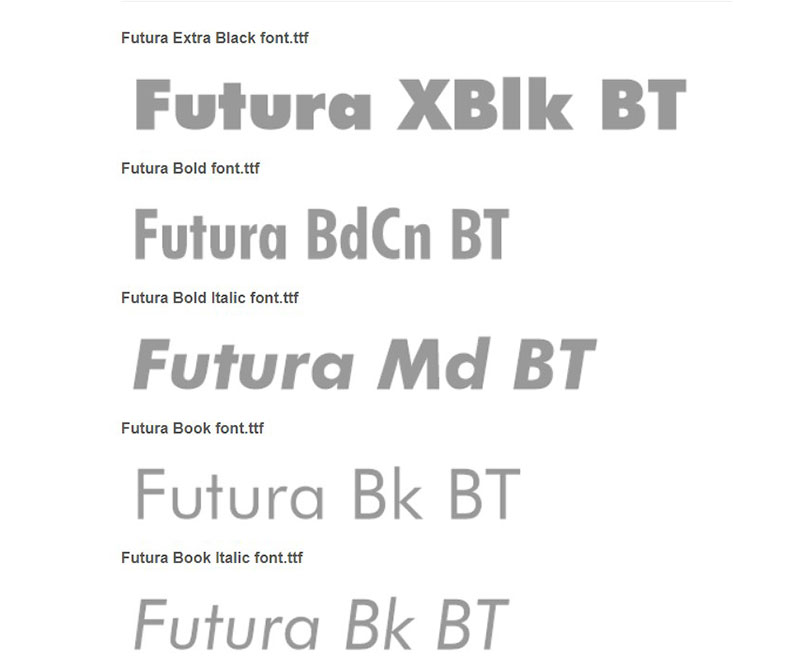
I’d recommend its heavier weights for display type any day, but you might pair it with something else depending on your project’s needs. One thing to watch out for, though: there’s no real italics or obliques included with either, so it may not be the best for your body text if you need to change styles within your copy. The original character set was augmented with special symbols and characters, alternatives for lowercase ‘a’ and ‘g’, and oldstyle figures.ĭrescher Grotesk BT, a slightly less quirky digitization by Nicolai Gogoll for Bitstream in 2001, is also available and-as a bonus-quite a bit less expensive. der Grundstein unserer FontFont-Bibliothek, die in Magazin FIFTY1 finden sich. Today, the typeface can only be found in old specimen books and early East German printed matter, both of which served as source material for FF Super Grotesk. ff Speak, ff Super Grotesk, ff Tisa, ff Trixie, ff Typestar, ff Yoga/Sans. The typeface FF Super Grotesk is based on a 1930s design by Arno Drescher which was the most widely used lead-type sans serif face in East Germany – the GDR’s equivalent of the unavailable Futura. The description, and a bit of history, from their site: Now sold by FontFont as FF Super Grotesk (digitized in 1999 by Svend Smital), the typeface has seen a revival as designers have begun to notice those personality quirks that make it stand out from the still-ubiquitous cheapness of Futura. As you may know, Super Grotesk is said to be some kind of a rip-off of Futura, extremely often used in the eastern part of Germany (DDR) during the German division from 1949 to 1990, while Futura was one of the most commonly used fonts of the western part (BRD). For typography class I compared two quite similar fonts: Futura by Paul Renner and Super Grotesk by Anton Drescher.


This is a project from my communications design studies at HTW Berlin done in 2010. In 2010, Peter Rudolph produced a short comparative study between the two typefaces to see where their differences lie.

Frequently mistaken for Futura, Super Grotesk is it’s own type family, rumored to be created as the East German equivalent at a time when type of all metals was blocked from crossing the Iron Curtain. The typeface you might spot on the printed copy of our syllabus is one that might seem familiar at first glance, but more than likely it’s actually not what you think it is.


 0 kommentar(er)
0 kommentar(er)
